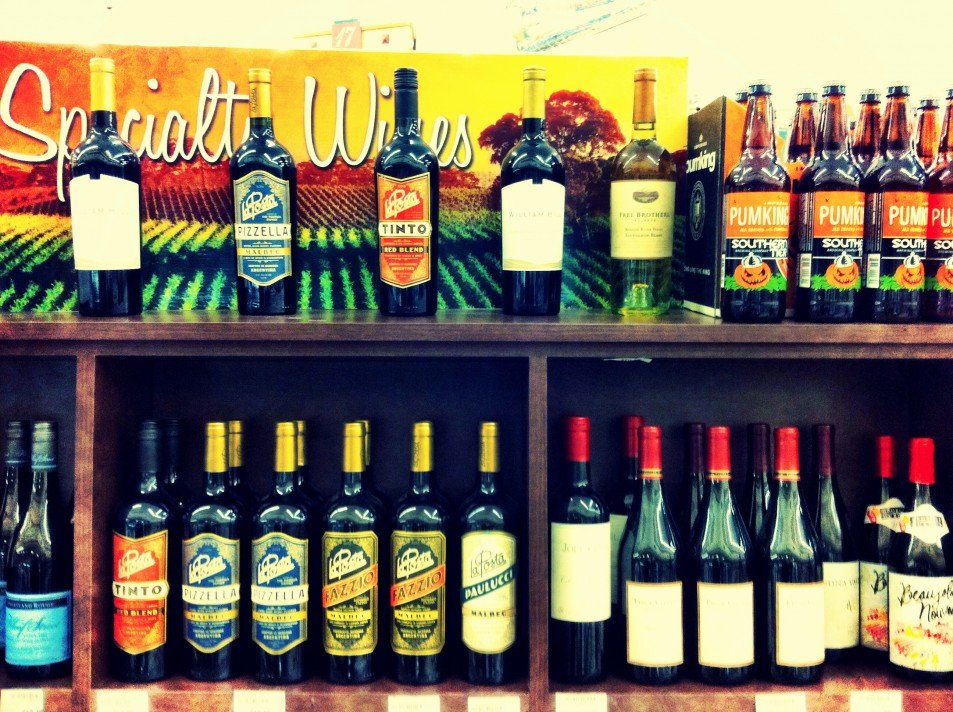You ever wonder why one wine on the shelf will cost you $10 and another right next to it will cost you $100 or more? I’m imagining you do, judging by the fact that I often get questions precisely about this topic from guests when I do tastings or events. First of all, I think it’s imperative to keep in mind, that the more expensive the wine is does NOT necessarily translate to it being the “better” wine…..for YOU!! At the point where that wine touches your tongue, all that matters is whether YOU like the wine or not. Of course, the same could be said for beer, spirits and cocktails as well. But, the issue often circles back to wine because we really do not see the extreme price differences from one product to the next when considering beer and spirits, although you could indeed find yourself paying a pretty penny if you have a penchant for premium scotch, bourbon or cognac! In the end though, as a country, we drink WAY more wine than we do liquor, and I’m including the premium stuff. This is why the gripe is usually more focused on wine. Either way, whether we’re talking about wine or boutique tequila, what justifies the steep price demanded by some of the premium examples and, perhaps more fascinating, why do so many enthusiasts PAY these prices?

SHOP LOCAL! frontporchwv.com
The easiest answer, to begin with, is supply and demand. Simply put, if consumers like us weren’t paying these prices, then they wouldn’t exist. Combine this with the fact that supply is sometimes low on the wines we want the most, and therein lay the equation. For instance, prices usually go up if the vintage didn’t produce a great deal of fruit, which happens quite often in marginal climates such as Burgundy. Also keep it mind that the more generic the wine, the lower the price and, conversely, the more distinctive the wine, usually the higher the price. Why is this? Because more generic wines are made from grapes coming from a more generalized region of origin, such as “California” as a whole, as opposed to “Napa Valley”, which is much more specific. If your wine is labeled as coming from “California”, then supply can be staggeringly high. One of the most popular Pinot Noirs in America is Meiomi, which is basically a “California” wine, drawing its grapes from three very large counties….they’re on pace to sell over 700,000 cases in 2015! You would never see this from Napa Valley, which, despite its prominence in the industry, actually only produces about 5% of all the wine coming out of California. Many wineries in Napa will produce less than 10,000 of their entire portfolio of wines, never mind any single offering out of that lineup! Hence, if that producer has a wine that grows in popularity, chances are that supply may become an issue if demand is high and that will impact prices. I’m using Napa Valley as the easy example here, but we could be talking about Burgundy, Barolo, Rioja, etc….Some of the most distinctive wines in the world come from rather small vineyard areas and that means we often have to pay for that “taste” of the vineyard.

DETOX! DETOX! DETOX! greenbrierchirocenter.com
Prices can also be greatly impacted by the difficulty and/or cost of production involved in growing and harvesting the grapes and in making the wine, and often, this is an aspect of which consumers can be generally unaware. Consider how a hillside vineyard can impact prices due to the fact that machine harvesting may be impossible because of the slope of the land. If harvesting by hand is necessary, then labor costs will go up significantly, which will greatly impact the price of the wine. The same can be said when grapes are hand-sorted after harvest to remove unsuitable berries or MOG (material other than grapes) rather than machine-sorted. Now, many would argue more distinctive wines come from hand-harvested and hand-sorted grapes, but you will certainly pay more for the respective finished wines. Additionally, any time a wine is put into oak for barrel-aging, or even fermentation, the price of the wine goes up due to the often exorbitant cost of fine oak barrels (upwards of $1,500 each).

GET THE SMILE YOU DESERVE! kilcollindental.com
More cost-effective wines try to replicate the effect of oak-aging by using oak chips or barrel staves in the fermentation tank, or even adding oak sawdust, but again, the wine may not be as complex of a product. I liken it to using real vanilla bean versus vanilla extract when making ice cream. Again, does all this mean one wine is “better” than another? As I mentioned at the beginning, what matters is whether YOU like the wine and how much YOU are willing to pay for it. And this can also be relative to how much wine you drink on a regular basis and how your palate develops as a result overtime. You may find what pleased you last year may seem more humdrum this year and that might send you exploring for more depth of flavors in your gustatory adventures. And if not, then that’s fine too. My purpose is not to dictate what you should drink, but rather help you understand what you’re paying for in the glass.
– Brian McClure, Director of Food & Beverage at The Greenbrier Resort. LBSPY #73. January 2016
HashtagWV Art & Entertainment is a high-quality print and digital multimedia platform for all things West Virginia and the greater Appalachian region. The editorial focus is local music, unique shopping, the arts, events, theatre, and food and drinks. tiktok.com/@hashtagwv
-
HashtagWVhttps://hashtagwv.com/author/hashtagwv/
-
HashtagWVhttps://hashtagwv.com/author/hashtagwv/
-
HashtagWVhttps://hashtagwv.com/author/hashtagwv/
-
HashtagWVhttps://hashtagwv.com/author/hashtagwv/



